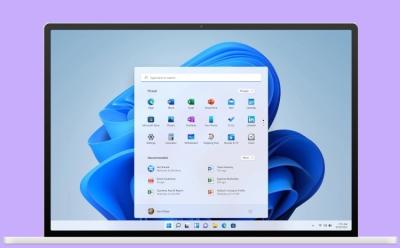#Microsoft Windows - Page 8
629 Stories
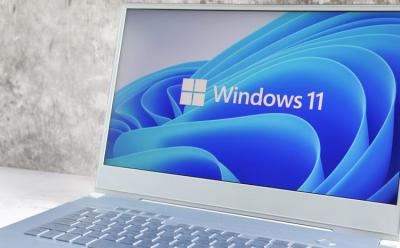

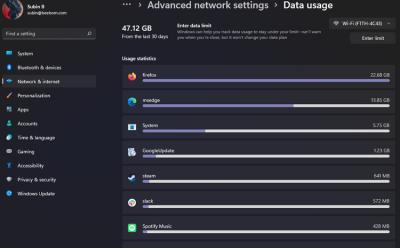
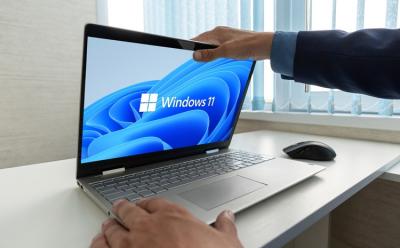

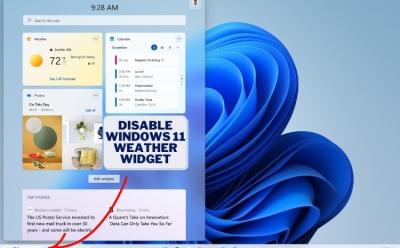
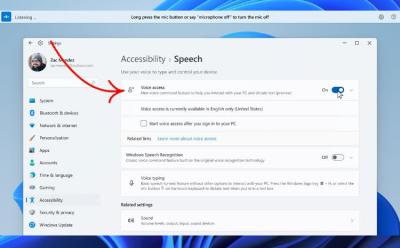
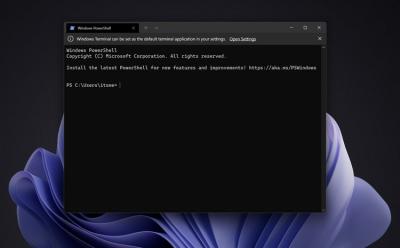

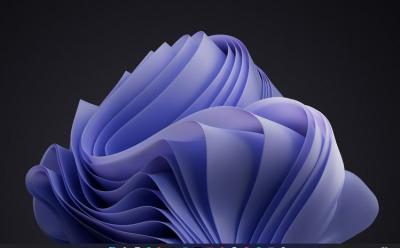
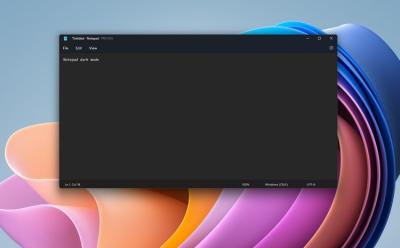
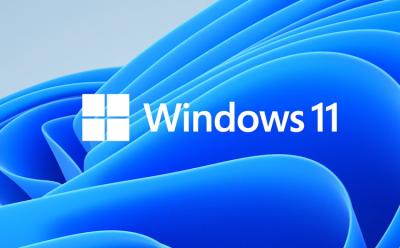

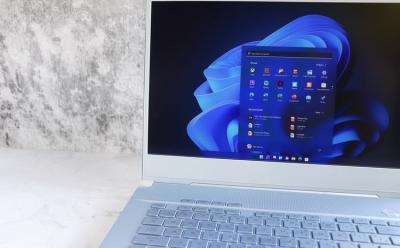




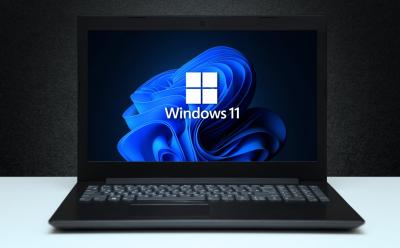
How to Find Your Windows 11 Product Key
View quick summary
It's important to find and keep the Windows product key to avail the free Windows 11 upgrade. Thankfully, there are many ways to find your Windows 11 product key, seven to be exact. You can find your Windows product key using a command in PowerShell, using an open source app called ShowKeyPlus, a VBS script, Registry Editor, by contacting your administrator, or if you're just a consumer, Microsoft.


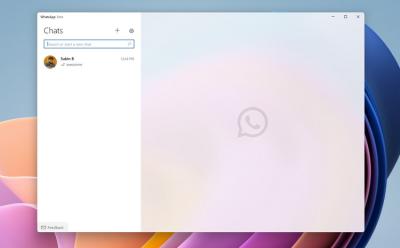

Windows 11 Home vs Pro: Which One is Right for You?
View quick summary
There are quite a few differences between Windows 11 Home and Pro, starting with features such as Hyper-V, Kiosk Mode, Windows Sandbox, CPU core and RAM limit, Remote Desktop Connection, and more which are unavailable on Home. This makes Windows 11 Pro suitable for enterprises. Some of these features can be enabled in Windows 11 Home through workarounds, therefore the decision to choose between the two depends on whether you need Hyper-V, BitLocker, Remote Desktop, and more RAM, CPU resources.
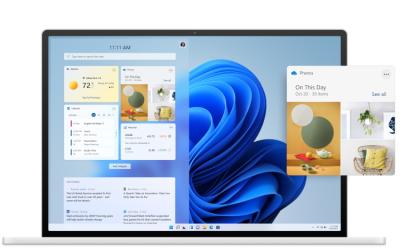


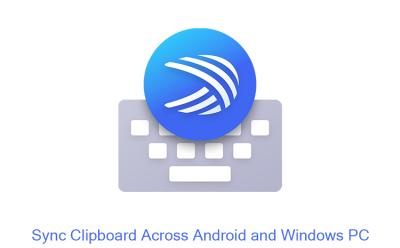

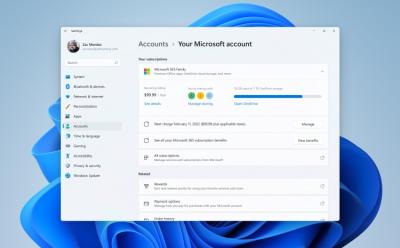
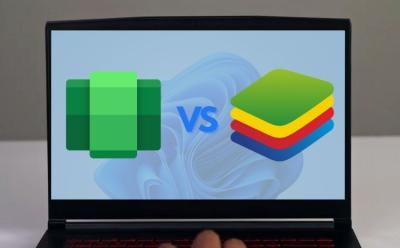
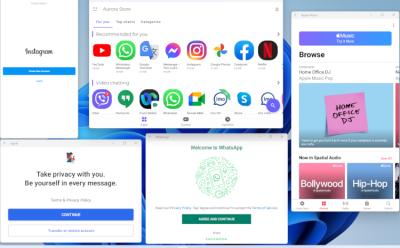

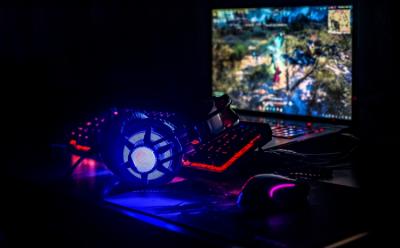
How to Disable Virtualization-Based Security (VBS) in Windows 11 to Improve Gaming
View quick summary
Microsoft is now enabling Virtualization-Based Security (VBS) on WIndows 11, by default. While it's a great security feature and we don't recommend disabling it, if you are facing performance issues, especially while gaming, you can choose to disable VBS. You can turn it off from Windows Security, Registry Editor, Windows Components, and Group Policy Editor.

How to Debloat Windows 11 to Improve Performance
View quick summary
You can easily debloat Windows 11 using a tried-and-tested PowerShell script. It removes all kinds of bloatware, intrusive ads, Bing integration, telemetry services, and more. That said, make sure to back up all your important files and folders before running the script.

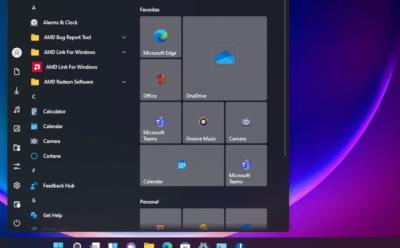
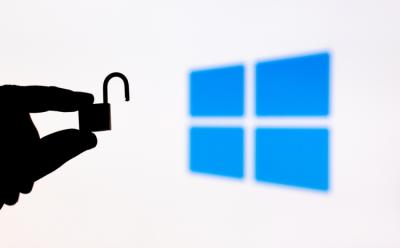
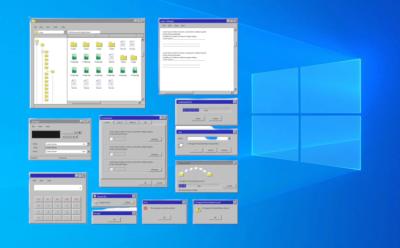
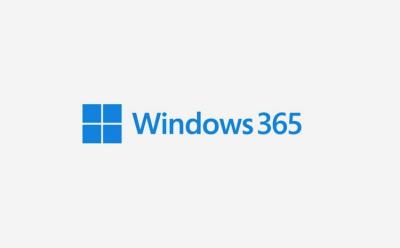
![How to Enable the Linux Bash Shell on Windows 10 [Supports WSL 2]](https://static.beebom.com/wp-content/uploads/2019/12/How-to-Enable-the-Linux-Bash-Shell-on-Windows-10-Supports-WSL-2.jpg?w=400&h=248&crop=1&quality=75)
